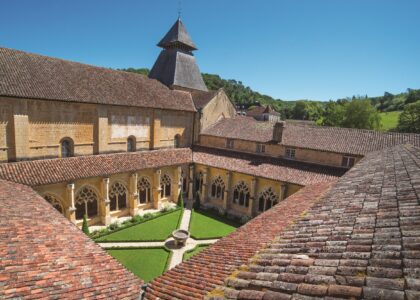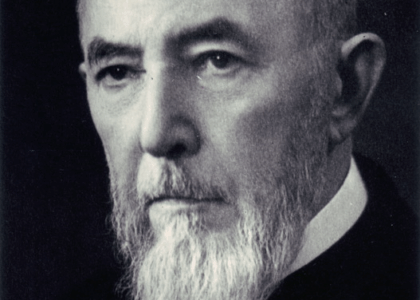Welcome to Indian Camp Creek Park, a sprawling 603-acre gem located in Foristell, Missouri. This park, the largest in St. Charles County, offers a rich tapestry of history and nature that beckons explorers of all ages. Established in an area with deep historical roots, the park sits at the confluence of two major creeks in the Cuivre River watershed, a location that has been significant for thousands of years. The land that Indian Camp Creek Park now occupies was once inhabited by the Mississippian Indians, a culture that thrived in this region over a millennium ago. These early inhabitants left behind numerous artifacts, a testament to their rich and vibrant culture. The park’s design pays homage to this heritage, incorporating interpretive opportunities that educate visitors about the Mississippian Indians and the European settlers who later farmed this land for generations.
Over time, the park has evolved from a site of historical significance to a hub of recreation and conservation. SWT Design led the extensive master planning of the park, ensuring that the natural beauty and historical significance of the landscape were preserved. The park’s development was carefully coordinated with the Army Corps of Engineers and the Missouri Department of Conservation to maintain its ecological integrity. Today, visitors can explore over 10 miles of multi-use trails perfect for hiking, biking, and equestrian activities, or enjoy the eco-playground, picnic pavilions, and fishing areas.
One of the notable features of Indian Camp Creek Park is its restored observation silo. This structure, once a grain silo, now offers visitors panoramic views of the park’s prairies and wooded hills. Climbing to the top of the silo is a journey through the park’s past and a literal high point of any visit, symbolizing the park’s commitment to preserving its history while offering new experiences.
Indian Camp Creek Park serves not only as a recreational space but also as a crucial habitat for various species, including some rare ecosystems such as wooded wetlands and mesic prairies. The park’s role extends beyond leisure, acting as a valuable educational resource that connects current generations with the land’s storied past.






